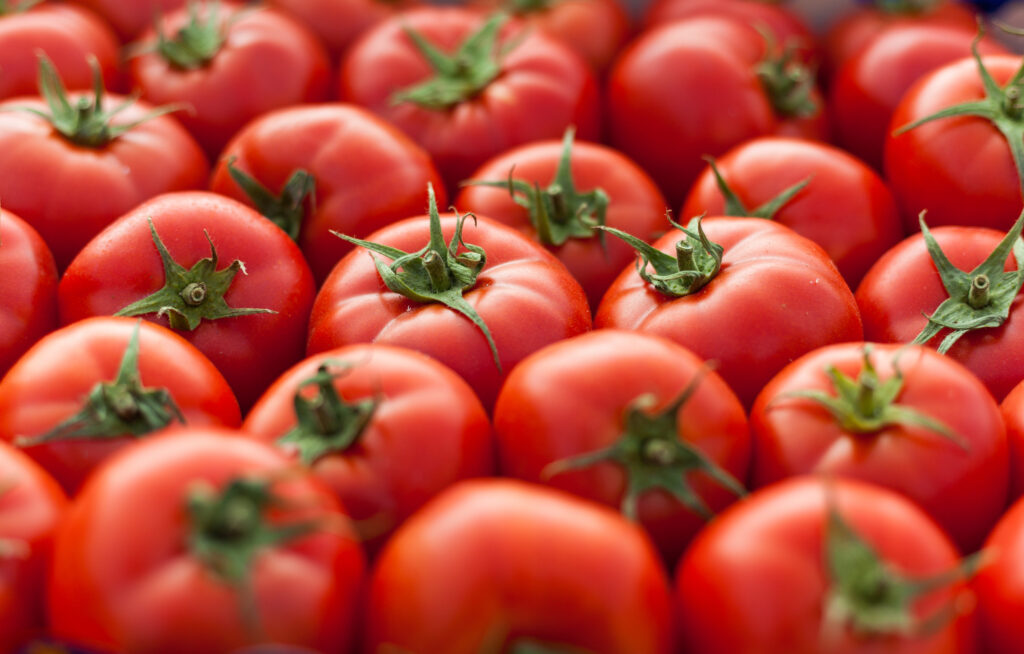
Credit: nrqemi/iStock/Getty Images Plus
In a study published in Nature Communications titled “Construction of multi-targeted CRISPR libraries in tomato to overcome functional redundancy at genome-scale level,” researchers from Tel Aviv University have developed a genetic editing method tailored to crop plants to influence various traits in tomato plants, including the taste and shape of the fruit. The technology can be applied to a wide variety of crop species and may eventually be used to cultivate new and improved plant varieties to support food security.
“Researchers around the world are engaged in advancing agriculture in order to address accelerated global changes and feed the global population in the coming decades,” said Eilon Shani, PhD, professor in the school of plant sciences and food security at Tel Aviv University and corresponding author of the study.
“Using our innovative method, we successfully made targeted genetic changes to gene families in the tomato plant, and identified precisely which genetic edits produced the desired result,” he continued.
Genetic variance is vital for breeding programs and mutant screening, yet traditional mutagenesis methods lack specificity in gene targeting. CRISPR-Cas9 offers precise, site-specific gene editing, but its application in crop improvement has been restricted by scalability challenges, which limit the number of genes that can be edited and studied.
To enable site-specific gene editing with low off-target effects, CRISPR-Cas technology involves an endonuclease directed by a single guide RNA (sgRNA) to a complementary sequence in the genome that also includes a protospacer adjacent motif (PAM).
The study designed 15,804 unique sgRNAs, each targeting multiple genes within the same gene families. The authors then generated approximately 1,300 independent CRISPR lines and successfully identified mutants with distinct phenotypes related to fruit development, fruit flavor, nutrient uptake, and pathogen response.
Additionally, the researchers developed a sgRNA mapping system, CRISPR-GuideMap, that uses a double barcode tagging system and deep sequencing to enhance the use of CRISPR libraries in breeding programs. The platform integrates precise gene targeting with advanced sequencing technology to streamline the identification of gene functions and broaden the scope of functional characterization obtainable from these libraries.
Many plants exhibit genetic redundancy, where genes with high sequence similarity often have overlapping or redundant functions. Redundancy masks the effects of mutations in individual genes, which poses significant challenges in deciphering the precise roles of genes and understanding their functions.
To address redundancy, the research team previously developed an approach for the design of libraries in which each vector harbors a single sgRNA that targets conserved sequences across multiple genes, allowing simultaneous editing of several gene family members in Arabidopsis. Given the relevance of this approach to agricultural crops and breeding programs, the author went forward to develop a genome-wide, multi-targeted CRISPR library for use in tomato crops.
Looking ahead, the Israeli Agri-Tech company, NetaGenomiX, has received a license to commercialize the new technology, with the goal of advancing food security by developing non-GMO crops adapted to changing climates. The authors stated that follow-up studies will develop additional selected traits in tomato and rice.



